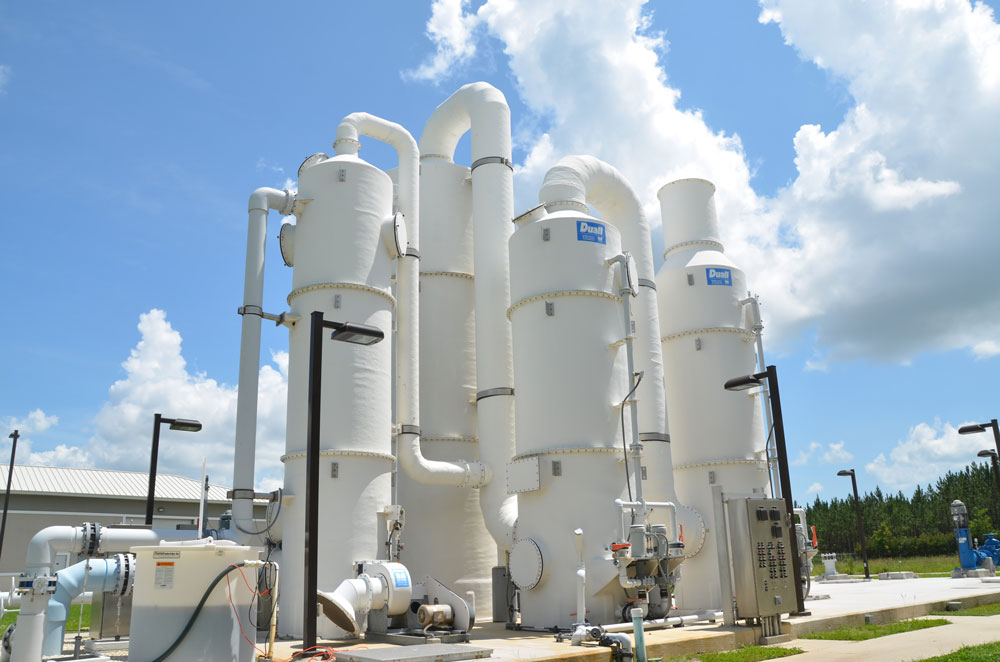
S&P Global Ratings, formerly known as Standard & Poor, in June upgraded Palm Coast’s Utility Systems Bonds rating from A+ to AA-. It is the second upgrade to the city’s Utility Revenue Bonds over the last 6 months, following Fitch Rating Service raising the rating from from A+ to AA.
The rating means that Palm Coast’s utility debt standing is considered at “high grade,” up from “upper medium grade,” and three levels down from “prime,” which would be AAA. (Palm Coast would have to conquer AA and AA+ first.)
Credit ratings play a key role in a local government’s ability to secure lower interest loans, or to refinance existing loans accordingly. They also signal a level of financial soundness that can sometimes get lost in the din of political rhetoric and misinformation about “debt,” especially in Palm Coast.
Every utility, private or public, has debt. In Palm Coast, candidates for office, including at least one running for mayor now, and a sitting city councilman, have mischaracterized the utility’s debt by conflating it with the city’s general fund, or misstating the utility’s debt load, or citing it without context or explanations, as if debt in and of itself were an issue.
According to the city’s budget summary, Palm Coast owes $71.8 million in revenue bonds, issued when the city bought Florida Water in 2005 and to expand the system since. The city also is financing State Revolving Fund loans and bank loans totaling $89.8 million to finance utility and stormwater improvements.
S&P stated the upgrade of the bond rating reflects the system’s improving financial profile that has benefitted from strong growth in connection fees and dollars available for debt service in recent years, despite the utility’s expanding capital program–and added debt: Last year the city approved a $20 million expansion of one of its two sewer plants through a low-interest, revolving fund loan.
The city in a release attributed its improving rating to continued economic growth and diversification within the system, citing three factors behind the new rating:
- The city’s median household’s purchasing power (the median household income, slightly different than purchasing power, was $54,000 in 2019, according to U.S. Census estimates).
- “Affordable, stable water and sewer utility rates,” according to the city, though put another way–from bond holders’ perspective–the city was willing to raise its rates in 2018 steeply enough to ensure strong revenue even at a time when growth was not as brisk as it has become since: the city in 2018 voted to raise water and sewer rates almost 21 percent in four years. By 2022 the average customer will pay $163 more for water and sewer than the customer did in 2018.
- “Strong and proactive operational and fiscal management practices.”
“These upgrades were extremely valuable to the City in helping to secure very low interest rates on the City’s Taxable Utility Refunding Revenue Bonds,” says Helena Alves, Palm Coast’s Director of Financial Services. “This translates into significant debt service savings to our Utility customers.”





























Leave a Reply